From Galicia to Baltimore
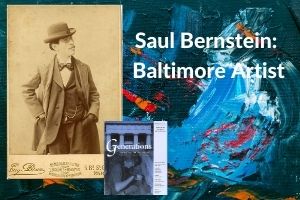
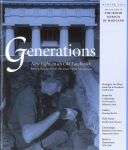 Part 6 of “Saul Bernstein: Baltimore Artist,” written by Jobi Okin Zink, former JMM collections manager. Originally published in Generations – Winter 2001.
Part 6 of “Saul Bernstein: Baltimore Artist,” written by Jobi Okin Zink, former JMM collections manager. Originally published in Generations – Winter 2001.
Bernstein’s yearning to paint the intellect and passions of the Jewish people led him to travel again. His initial intention was to go to Germany; however, he went instead to Poland. Letters to Szold indicate that Bernstein was extremely disappointed when he reached Galicia in July 1902 only to find that local residents were unwilling to pose for him. Bernstein created a clay model of a “Jew-type” and used this to inform many of his works. Surviving photographs illustrate how similar the model head was to the profile he painted in “The Talmudist.”
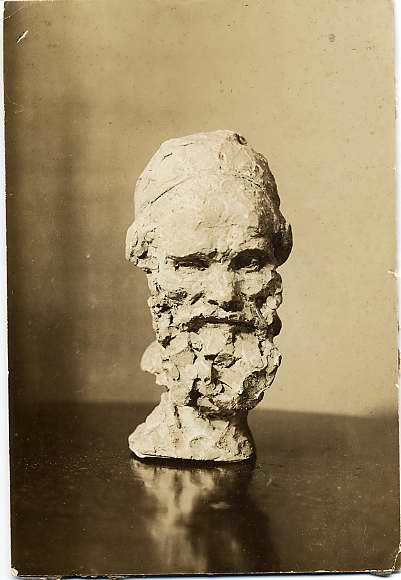
In August 1902, Bernstein spent the Sabbath with a Galician Jewish family in their home. It is possible that it is this interior that he depicted in an untitled painting that was added to the Museum collection in 1999, although it has also been suggested that the room is from a Baltimore synagogue. This canvas is difficult to decipher, due to the combination of its dark palette and the high sheen of its varnish. On the left side one can see a high arched window, a lectern covered with a greenish-gold cloth with a silver candlestick on the corner, and high-backed chair. Above the chair hangs a framed Hebrew text. The right side of the canvas is virtually unintelligible. Unlike many of his Dutch paintings, this canvas does not include any people.
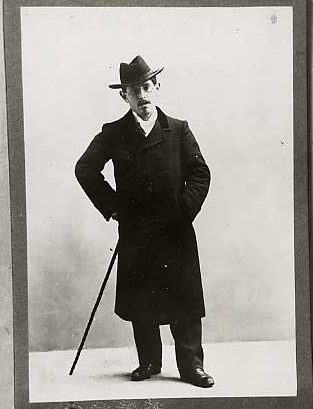
Bernstein remained in Galicia for eight months before homesickness forced him to return to his family in Baltimore in March 1903. Bernstein became reacquainted with his friend from the Baltimore Zionist Association, Senior Abel, and Abel’s sister, Jeanetta, who had first caught Bernstein’s attention in 1897. On August 3, 1903 Saul and Jennie were married, despite Henrietta Szold’s exhortations to wait until he was more financially stable. The Bernsteins rented a house at 1143 East Baltimore Street, where the artist began a very productive period, working in his upstairs studio.
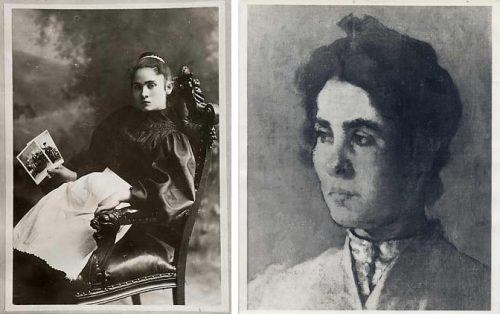
Bernstein seems to have recovered from his confessed inability to complete paintings. His letters to Henrietta Szold and his brother Ben are positive and uplifting, as Bernstein had been offered money for several of his works and received commissions to execute portraits for several wealthy patrons. He produced many works, including a drawing and a painting of a young boy from East Baltimore, both of which are now in the Museum collection. In his drawing, Bernstein captures in charcoal and pastels the boy’s despair and reflects on the plight of America’s downtrodden.
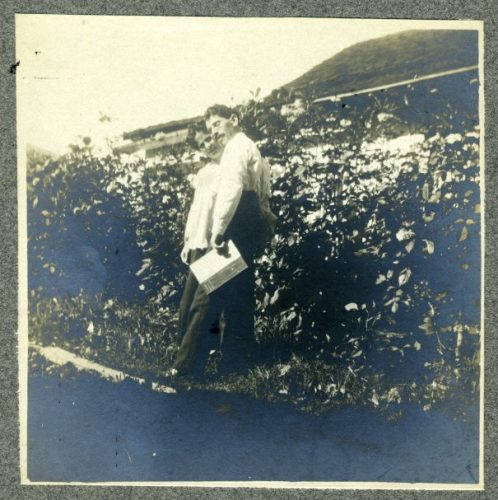
Saul and Jennie were expecting the birth of their first child when Bernstein signed his self-portrait on May 25, 1905. Three days later, Bernstein drank a deadly mix of corrosive sublimate and alcohol. He was taken to Johns Hopkins Hospital where his stomach was pumped. He was released six days later but died at home on June 9, 1905. Bernstein’s widow noted that her husband had been in good spirits, and his obituary does not say whether Bernstein’s death was a suicide or an accident.
Baltimore newspapers “erupted with a rash of Bernstein editorials,” noting that Baltimore had lost one of its most gifted artists. Bernstein’s friends and fellow artists in the Charcoal Club mounted a retrospective memorial exhibit in January 1906, with the proceeds going to help Jennie establish a home for herself and her young son who was born in October. Jennie sent Saul Bernstein’s final painting to Henrietta Szold with a letter thanking Szold for her friendship. The self-portrait that we see today, painted on the eve of Bernstein’s death, remains something of a puzzle. The artist’s passion and determination are evident, but so, perhaps, are his uncertainties and frustrations. We can only wonder if Bernstein’s haunting self-portrait holds any clues to his untimely, tragic death.
~The End~
Quotes from original letters are taken from “The Tragic Career of a Talented Young Baltimore Artist” by Alexandra Lee Levin, Sunday Sun Magazine, March 13, 1966 and from the Saul Bernstein Papers at the Jewish Museum of Maryland.
